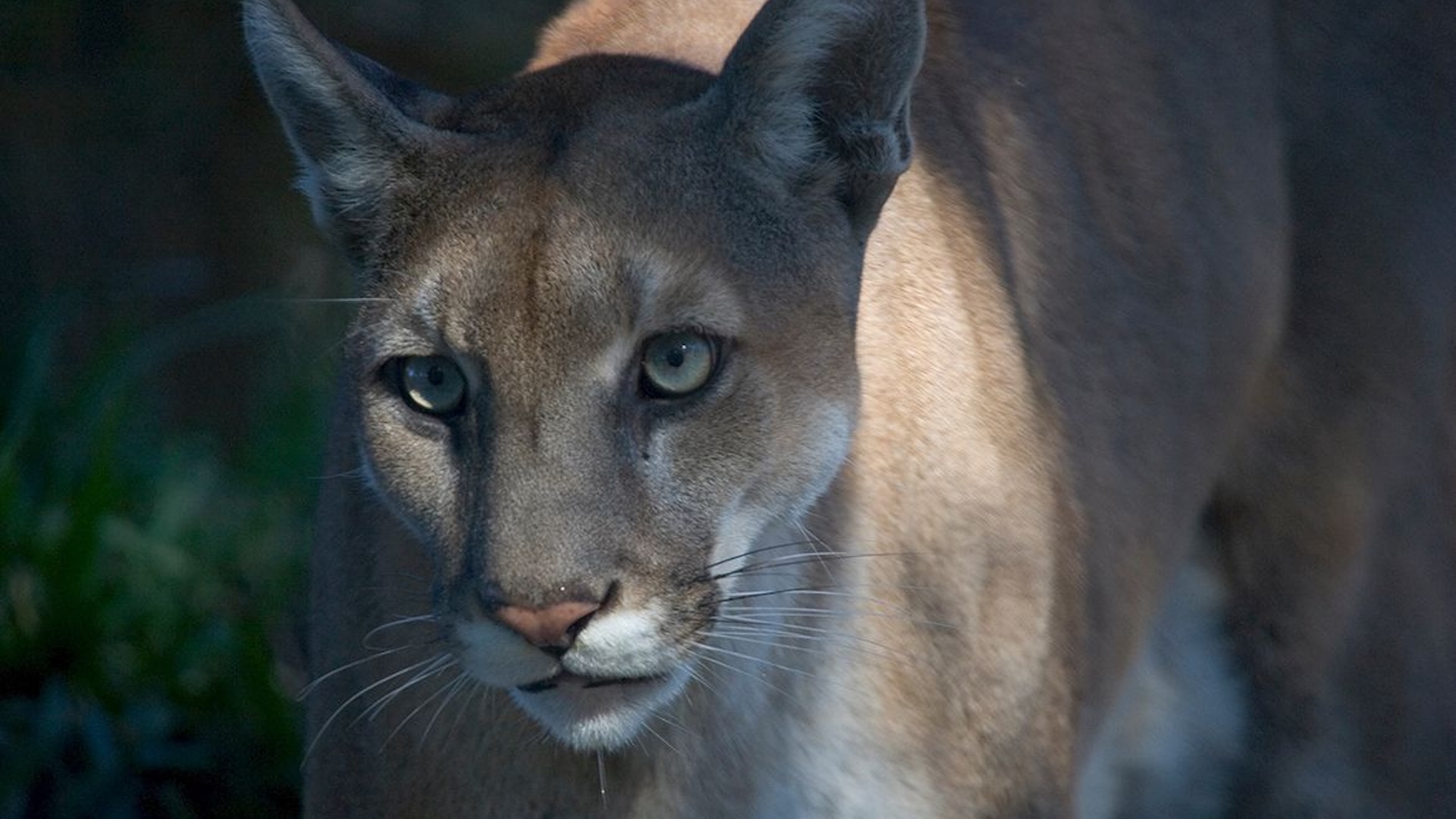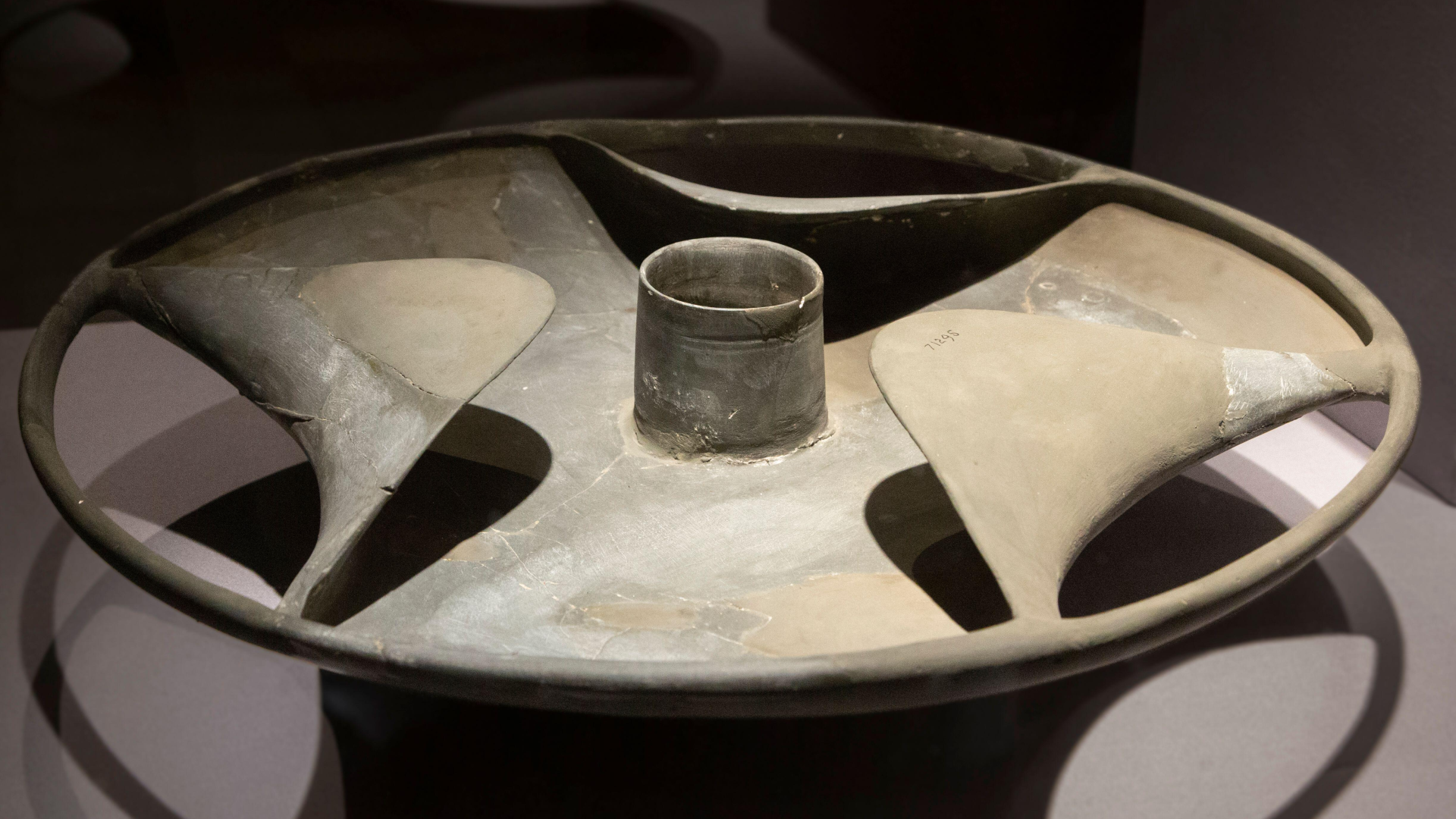Florida panthers are recovering from the brink of extinction, thanks to a genetic boost from a group of panthers from Texas.
These Florida panthers (Puma concolor coryi) are a subspecies of mountain lion (also known as the puma or cougar) that now occupy less than 5% of their original territory due to hunting and habitat loss.
In the 1990s, fewer than 30 Florida panthers remained, and inbreeding threatened their survival. So to bolster the population’s genetic diversity, scientists brought eight female panthers from Texas into Florida in 1995. Thirty years later, inbreeding has decreased, and the Florida panther population has risen to about 200. Importantly, despite the introduction of new genes, the genetic ancestry that makes Florida panthers their own subspecies hasn’t been wiped out, according to a study published July 28 in the journal PNAS.
Following the introduction, the Florida panthers successfully interbred with five of the eight introduced Texas cats, and over time, their descendants showed fewer signs of inbreeding, such as kinked tails and reproductive issues.
But there was a risk that interbreeding the two populations would replace genetic variants unique to Florida panthers. Some of those variants might be adaptations that helped Florida panthers survive in their environment.
“One of the big concerns with bringing in individuals from Texas was that Florida’s local genetic variation might get completely replaced,” study co-author Diana Aguilar-Gómez, a conservation genomicist at UCLA, said in a statement. “That would be a problem if we are trying to preserve the subspecies that’s unique to Florida.”
Related: Giant Florida panther captured by wildlife officials is heaviest on record
To study the impacts of the Texas pumas’ genes on the present-day Florida panther population, the researchers mapped the genomes of present-day Florida panthers that had both Texas and Florida ancestry. They also mapped the genomes of the five original Texas cats and four original Florida panthers for comparison.
The genes from the Texas pumas didn’t swamp out the unique Florida ancestry, the scientists found. Instead, they reduced the effects of harmful genetic mutations brought about by inbreeding. “Our results show that Florida’s genetics are still very much present,” Aguilar-Gómez said.
Every organism inherits two copies of each gene, but only one gets expressed. If just one of the two copies has a harmful mutation, the organism will usually express the other copy. But if an organism inherits two copies with the mutation, it will end up with the harmful trait.
Breeding with the Texas cats increased heterozygosity — inheriting one mutated and one nonmutated copy of a gene — among the cats. The harmful mutations are still common in Florida panthers, but they’re now less likely to be expressed.
But the benefits from the increased genetic diversity will likely be temporary, the researchers said.
“Our simulations suggest that the benefits of the translocation may not last forever,” Aguilar-Gómez said. “Right now, harmful mutations are being masked by increased heterozygosity, but if the population stays small — like the current estimate of around 200 panthers — inbreeding could start rising again.”
Florida panthers could need further interventions to prevent inbreeding from becoming a problem again in the future, the researchers said.
“This really underscores the need for continued monitoring and management of the Florida panther,” Aguilar-Gómez added. “Another translocation might be necessary in the future, but that would need to be carefully evaluated and more genetic studies would need to be performed before taking that decision.”













